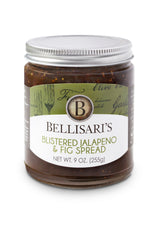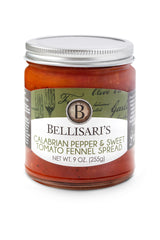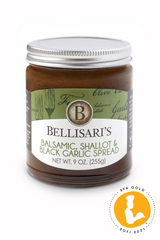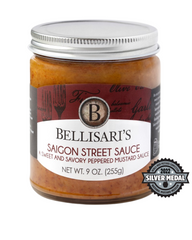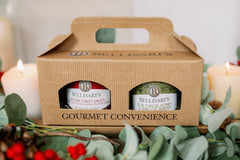
This week we have taken traditional Irish breakfast recipes and put our own Bellisari’s twist on each one. There are so many fun traditional Irish food recipes that you can try at home for St. Patrick’s Day. Everything from corned beef and cabbage to Irish soda bread, beef potpies, boxty pancakes, colcannon or even haggis. Boxty is a traditional Irish potato pancake that is part pancake and part hash brown. You can serve it for breakfast or with smoked salmon and crème fraiche. Colcannon is a dish of mashed potatoes with kale or cabbage. There are many colcannon recipes that use garlic and leeks as well. For those of you that have not tried or even heard of haggis, it may be worth a shot. Haggis is a savory pudding containing sheep’s liver and minced with onion, oatmeal, suet, spices and salt. It is traditionally encased in the animal’s stomach but today it is often in an artificial casing instead. Although it may not sound appealing, haggis has an excellent nutty texture and savory flavor. This week we have taken traditional Irish breakfast recipes and put our own Bellisari’s twist on each one. Try creating an Irish Brunch for family or friends this St. Patrick’s Day season!
Ingredients:
1 large onion, cut into 3/4-inch pieces
1 large garlic clove, minced
½ stick (¼ cup) unsalted butter
1 red bell pepper, chopped coarse
1 tablespoon all-purpose flour
¾ cup beef broth
1 Tbsp. Worcestershire sauce
½ lb. cooked corned beef (from a 3 to 4 lb. corned beef brisket), cut into ¾ inch cubes (about 2 cups)
2 sweet potatoes (about 1 lb.), cooked, peeled and cut into ½ inch dice
Salt and pepper, to taste
1 egg
Directions:
In a large non-stick skillet cook onion and garlic in butter over moderate heat, stirring, until onion is golden. Add bell pepper and cook stirring, 5 minutes. Sprinkle flour over mixture and cook stirring, 2 minutes. Stir in broth and Worcestershire sauce and simmer, stirring, 2 minutes. Add corned beef, potatoes, and salt and pepper to taste and cook over moderate heat, turning hash, until browned and crisp, about 15 minutes. Serve hash with poached eggs.
Irish Brown Bread
Ingredients:
Unsalted butter, room temperature, for pans
2 ¼ cups all-purpose flour, plus more for pans
½ cup unsulfured molasses
¾ cup hard dry cider (such as Angry Orchard Stone Dry)
3 packages (¼ oz. each) active dry yeast (21 grams)
2 ¼ cups coarse whole meal flour (King Arthur)
4 tsp. kosher salt
Directions:
Butter two 8-1/2-inch by 4-1/2-inch loaf pans. Dust with all-purpose flour, tapping out excess.
In a small saucepan, combine molasses, 1 cup water, and cider. Heat over medium, just until mixture reaches warm room temperature. Sprinkle yeast over top and let stand until yeast is bubbly, about 5 minutes.
Combine flours and salt in the bowl of an electric mixer fitted with a paddle attachment. Beat to combine. Add the yeast mixture and beat on medium until well combined, 2 to 3 minutes. Cover with plastic and place in a warm spot until doubled in size, about 1 ½ hours.
Divide dough between prepared pans. Drape with plastic wrap and let stand until doubled in size, about 1 hour more. Meanwhile, preheat oven to 350° F with a baking sheet on lower rack. Transfer loaves to oven, being careful not to deflate. Bake 30 minutes.
Remove bread from pans and place on preheated baking sheet. Continue baking until hollow-sounding when tapped on bottom and an instant-read thermometer reads 190 to 200 degrees, about 30 minutes more. Transfer to wire racks to cool completely. Loaves will keep in an airtight container at room temperature for up to 3 days.
Serve with Bellisari’s Blistered Jalapeno & Fig Spread and an Irish butter or Bellisari’s Blue Cheese Honey & Shallot Spread.






